
“Spacemen Against The Supernatural” is an unusual tale that – as its title helpfully points out – pits science-fiction tropes of the early 1960s against Comics Code-approved forces of the “unknown.”
Although the story is a fine example of Silver-Age craziness, the so-called “creator credits” included on the strip’s splash page are even crazier.
Over the years, the American Comics Group (1943-1967) attracted a strong core of contributing artists that included the likes of Ogden Whitney, John Buscema, Paul Reinman, John Forte and Harry Lazarus. However, the majority of the company’s stories since 1957 were written by editor Richard E. Hughes – one of the great unsung talents in comic-book history.
(Along with Whitney, he co-created the legendary Herbie strip for starters … )
Hughes usually wrote under a variety of colorful pseudonyms, which included such memorable monikers as “Ace Aquila,” “Lafcadio Lee,” and my personal favorite, “Zev Zimmer.”
All of that is well and good, but Hughes’ multiple identities gained a new life when ACG decided to launch a new science-fiction/suspense title in 1961: Midnight Mystery. To separate the new comic from the company’s venerated companion titles, Adventures Into The Unknown and Forbidden Worlds, each story in Midnight Mystery was “introduced” by the writer and artist of the tale.
(A conceit Marvel would briefly adopt in its horror line at the end of the ’60s.)
Rather than reveal his true identity, Hughes and his artists created distinctive appearances and personalities for each of his pseudonyms. Suddenly, readers were introduced to such ACG stalwarts as the brash Kurato Osaki …

the eager and somewhat rugged looking Zimmer …

and the veteran scribe Shane O’Shea.

Combined with stories that were whimsical by even Silver Age standards, Midnight Mystery was perhaps a bit too off the wall for 1961. The comic only lasted seven issues, and ACG moved on to other fads (super-heroes! G.I. Joe!) to supplement its more successful titles.
Still, the series did leave us with such corkers as the following tale. Sit back and enjoy “Spacemen Against The Supernatural” from Midnight Mystery #2 (American Comics Group, 1961). The story was written by Hughes under the “Kurato Osaki” pseudonym and drawn by Ogden Whitney.
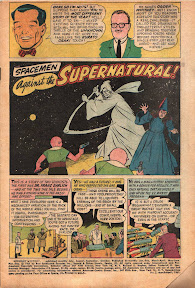
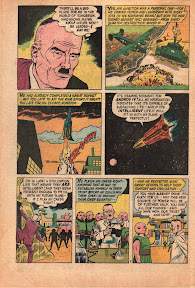
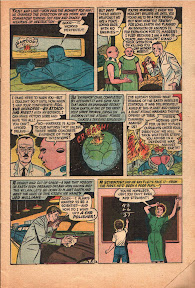
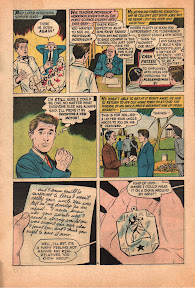
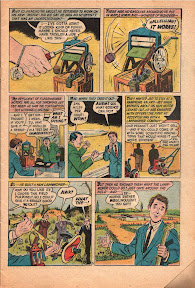
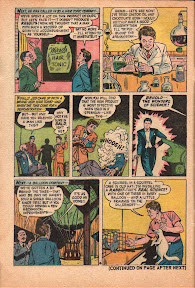

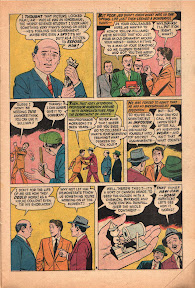
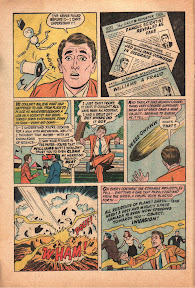
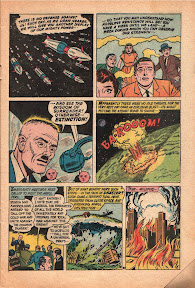
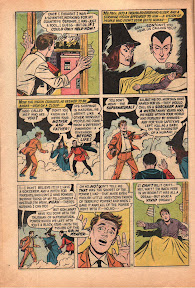
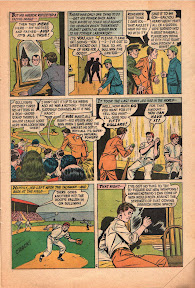
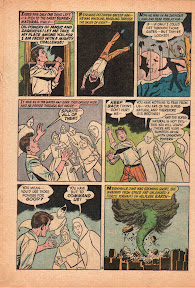

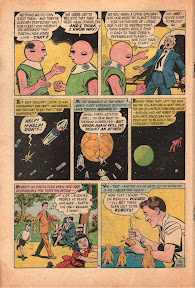
37.386052
-122.083851

































































